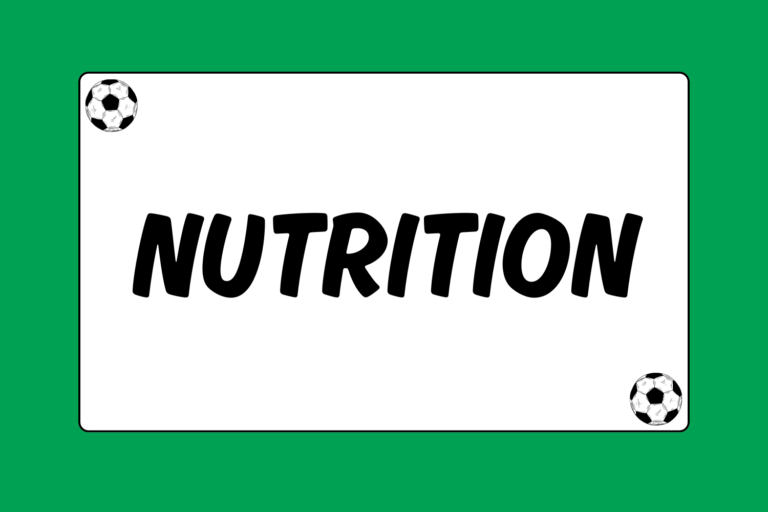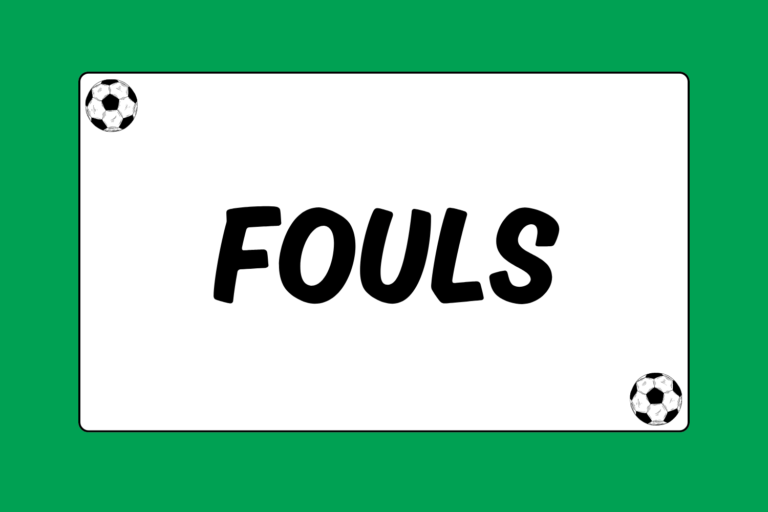In soccer, a team will employ one of three types of formations: Offensive, Balanced, or Defensive. Though a team can use more than one formation throughout a game, usually a team will choose one specific formation as its base formation.
Using a Defensive-minded Soccer Formation
There are many reasons that a team will rely primarily on a defense-oriented formation, including the following:
- Individual offensive talent: When a team has two or three gifted players who can create scoring chances on their own, they have the luxury of letting the other players sag back and come up to help on offense when necessary.
- Porous defense: If a team has let in a few early season goals, switching to a formation that clogs the middle of the field in front of the net is a great way to alleviate pressure on defenders.
- Shaky goalkeeping: A team that has yet to decide on its primary goalie may choose a defensive formation that lets the keeper slowly gain confidence.
- A tough opponent: Switching to a defensive alignment isn’t always easy. But sometimes sending a few players back on defense against a talented offensive team can help keep snuff out offensive chances and quickly cycle the ball upfield.
At the youth and intermediate levels, defensive formations are designed to clog the field in front of the net, forcing opponents to find space along the sidelines. This results in predictable approaches, making it much easier for the defense to adjust on the fly.
The formations outlined below are especially useful when a team is protecting a lead, or trying to slow a game down against a more talented, faster opponent.
The 4-4-2
The defensive-minded 4-4-2 is the most popular formation in soccer today. It provides a great defensive framework by allowing the four midfielders to quickly sag back toward the defenders, eliminating space for opposing offensive players.
The 4-4-2 is most effective when the two wing midfielders are fast and skillful, so that they can quickly transition between playing defense and offense. This formation also allows one of the two sweepers in the middle to mark the opposition’s best offensive player, following him throughout the game to limit his opportunities to score.
Midfield Diamond Formation
The diamond formation lets one midfielder play forward as an attacking midfielder, while the other focuses on defense — the resulting formation creates a diamond shape.
- The diamond formation relies on a tough, hard-tackling defensive sweeper to clear out attacks and get the ball the forward to the attacking midfielder or wing players.
- Coaches who use the diamond formation often put their toughest, most durable players in the two sweeper positions. These players can be great at eliminating space for the opponent and quickly stifling attacks.
- The offensive midfielder should be a gifted passer who is comfortable with the ball at his feet. He should be able to set up chances for the two strikers up front. The wing players also have to be fast and fit, able to quickly join a counter-attack.
This formation is a great tactic against teams that tend to move the ball straight downfield instead of relying on the skill of wing players who look to find space along the sideline.
Mental Edge
Four-on-four drills are a great way to teach the diamond formation. Players must grow accustomed to re-forming the diamond shape after responding to offensive attacks, resuming the proper spacing and depth. They also must get comfortable cycling the ball forward after dispossessing an opponent.
The 4-5-1
Teams that are struggling to find a defensive identity may prefer to try the stifling 4-5-1 formation. This alignment clogs the middle of the field and keeps players focused on getting back on defense. It also emphasizes trapping, and discourages long offensive passes downfield by giving your team a numbers advantage everywhere on the defensive side.
The 4-5-1 encourages cycling the ball along the outside, where speedy wing midfielders can take advantage of slower players on the outside. Having five midfielders naturally forces the wing players closer to the sideline, where they can outrun defenders and find quick counter-strikes.
The 4-5-1 can quickly become a 4-3-3 by directing the wing midfielders to move forward. This is helpful when a team falls behind or needs more offense during a game. For this reason, it is a great formation for younger teams.
The 4-1-4-1
A unique variation of the 4-5-1, this formation relies on a solid defensive midfielder who is both an aggressive tackler and skillful enough to initiate offensive attacks by finding open men along the wing. A speedy striker up front who can find space in opposing defenses, and is a talented finisher, is also crucial to the success of the 4-1-4-1.
For these reasons and because it emphasizes clogging the middle of field, the 4-1-4-1 is a great defensive formation for teams with players of varying skill levels. Four midfielders can hide players who are struggling to learn the game, while emphasizing the talents of a few skillful players up the middle.
The 5-3-2
Using a five-man backline has become a popular tactic in recent years. It has three central defenders freelance in the middle of the defense, eliminating space and quickly closing on the man with the ball. Coaches who favor a five-man backline do so because it takes away the time and space needed to set up scoring chances.
The 5-3-2 is also flexible, in that it allows the two wing defenders to move forward after getting rid of the ball and clearing the zone. As in other defensive formations, the wing players should be fast enough to recover quickly. However, they must also be tough and aggressive defenders to discourage forays along the sideline.
Choosing the Right Formation
The right formation for your team depends on the talents of the players on the field and the game conditions. However, regardless of talent level, a team that begins each game with one of these formations as their base should have success snuffing out attacks and cycling the ball forward.





